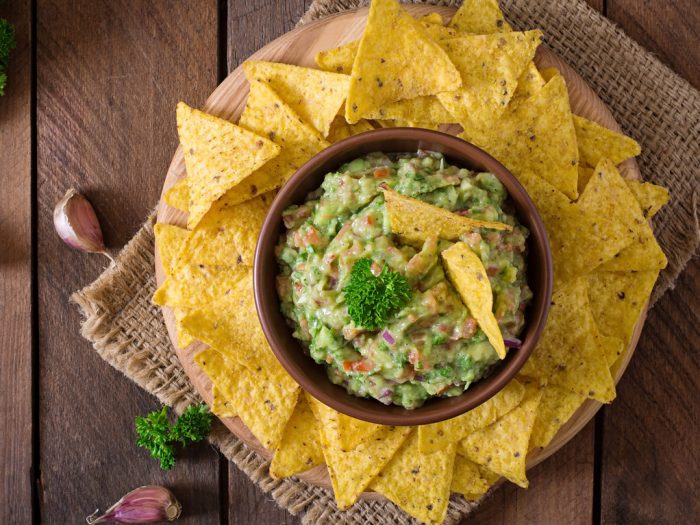Are you interested in learning to cook with asparagus but don’t know where to start? Well, we’ve got you covered. You can find out many useful tidbits thanks to this pretty handy guide.
Asparagus is a thing of beauty that always cheers me up when I see it. The green fresh color, the beautiful shape of their long stems, the fact that they sometimes can be the first sign of spring at the farmer’s market. But it’s also good when it’s out of season (basically from July until February, when it starts to emerge at the farmer’s market again).
We’ve already covered some ideas for what to cook with asparagus and how to use it in your kitchen. This time, we want to focus on buying, storing, and prepping it for cooking.
What to avoid when buying asparagus?
You know how asparagus is meant to look like, right? Well, let us tell you what you should definitely avoid. Don’t go for dry, split, or woody ends to the spears. Make sure that the asparagus you get is plump and straight. It should not be shriveled or have too many wrinkles.
There are thick or thin varieties out there, so make sure you know what you’re getting yourself into. The thicker kind has more flavor because it comes from the plant that’s had time to mature. Thin asparagus usually works if you steam it or use it in stir-fries, while the thicker kind can be blanched or roasted.
How about taking things to a more practical place? Cook this asparagus and cheese tart for a party of family dinner.
Green, purple, or white?
When we think of asparagus, often, the image that comes to mind is that of the ubiquitous green variety. But what about the other two?
Purple asparagus has a purple exterior but a green interior and it’s going to lose its color once you cook with it. It has a tender texture and it’s sweeter in flavor, which means that you should use it raw in dishes such as salads or sandwiches. Shred it into ribbons and it’s good to go, purple on the plate.
The white asparagus is grown without sunlight. It’s not as tender as the other two types, so you should definitely not use it raw. Blanch it and enjoying with some nice sauce. Hollandaise, maybe?
Cook with asparagus: the prepping
Before doing anything with it, rinse it just before cutting or cooking. Then shake it a little to dry it. If you’re using oil to cook it, then pat it dry with kitchen towels, so that the water and the oil don’t mix.
Thin asparagus doesn’t really need to be peeled, but the thicker varieties can have tough skin that can stick out on the plate when cooked. The tough skin is usually close to the roots, so you can totally peel it a little there. The white variety is usually “guilty” of this. But don’t do too much of it, or you can be wasteful, especially since asparagus isn’t the cheapest veggie money can buy. Just keep the peeling to about a third of the stem – use your tactile sense to figure out the length.
You can also trim the dry ends, especially if it has a woody texture. But remember that when you peel and trim, odds are that the asparagus will cook faster.
How to store it
It doesn’t last more than a few days, so make sure to cook it as soon as possible after you’ve bought it. Keep the stems in a jar of cool, fresh water (but not too much of it). Trim a little bit of the tougher end of the stems and then pop the jar in the fridge.







